Russian Alcoholic Beverages Market

How the sales of alcoholic beverages changed in 2023, the impact on imports and, the prospects for Russian alcohol production
Unlike other FCMG segments, the alcohol market as a whole weathered the crisis of 2022. Moreover, at the end of 2022, alcoholic beverages were the only segment that demonstrated sales growth (+0.7% compared to 2021). This trend continued into 2023.
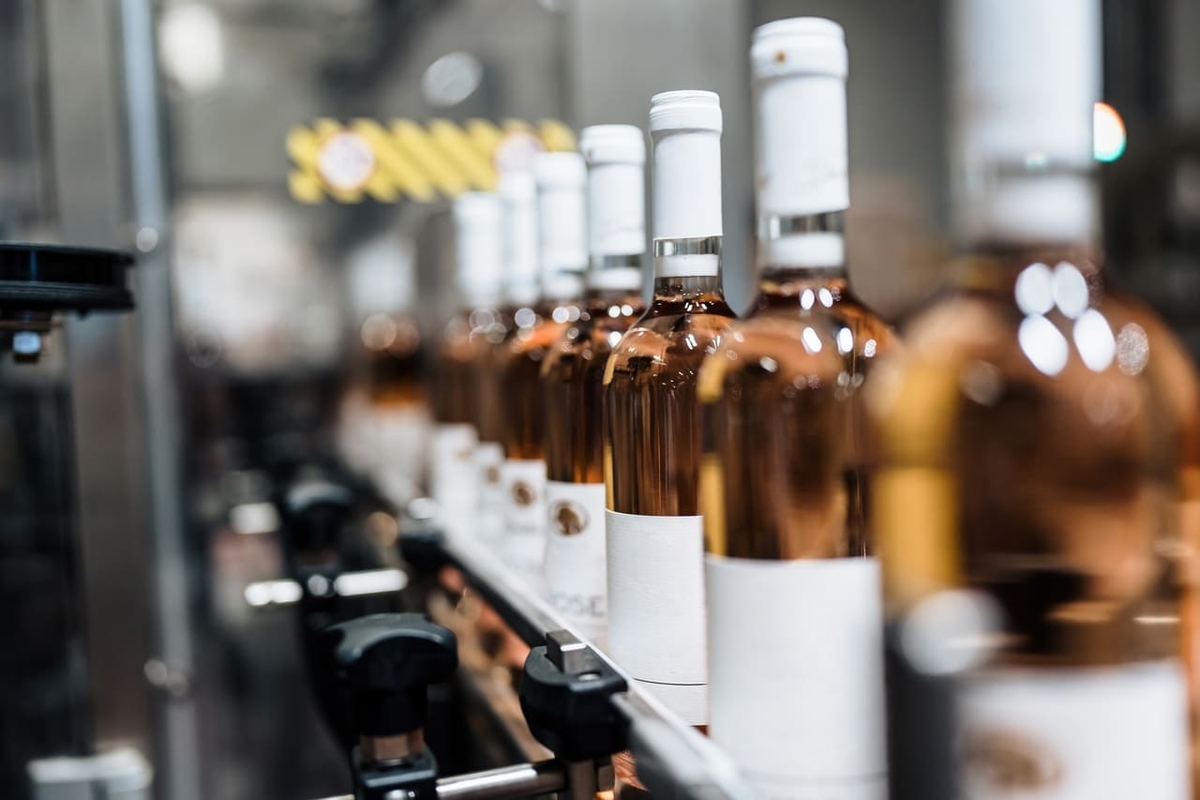
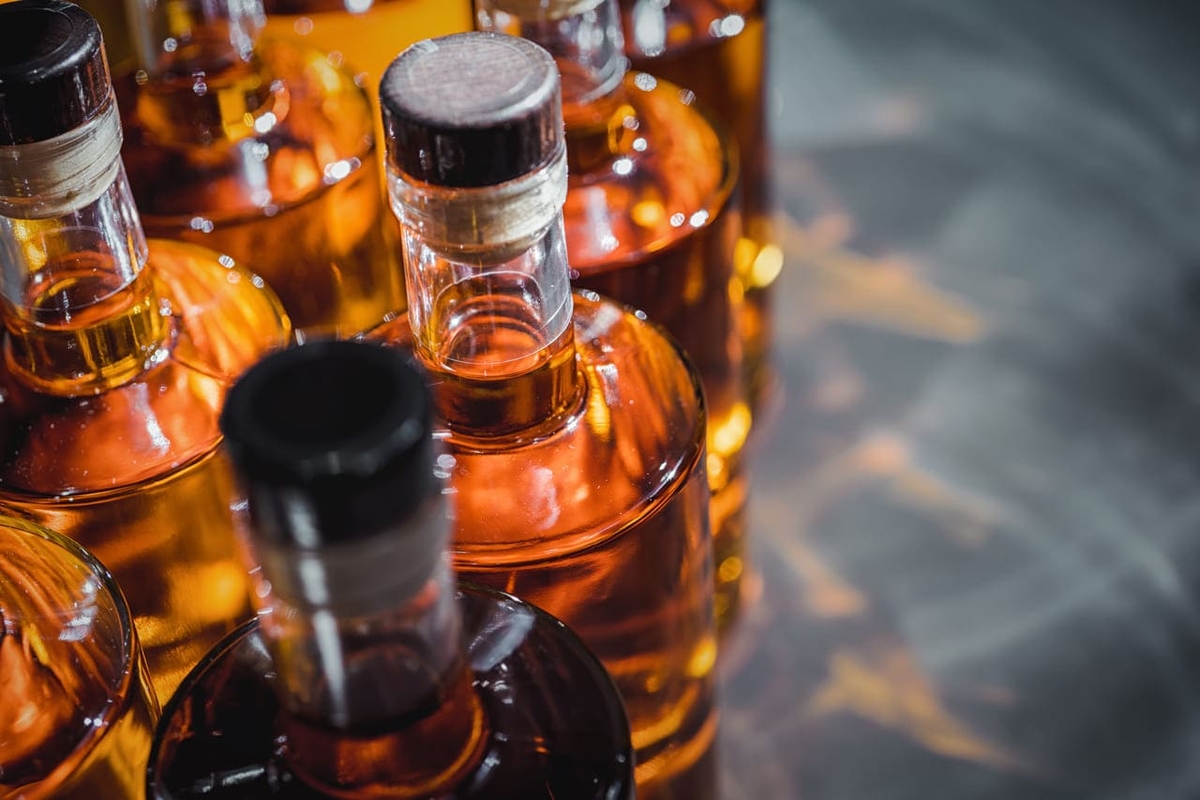
Alcoholic beverage sales and imports in 2023
At the end of 2023, Russia sold almost 230 million decalitres of alcohol (excluding drinks like beer, cider and mead), 4% more than in the record year 2022. Sales of low-alcohol products increased by 15% (to 13 million decalitres), spirits (whisky, gin, rum) by 15% (to 13 million decalitres) and cognac by 9% (to 15 million decalitres). The wine segment also showed strong growth, with sales of still wines up 6% (to 57 million decalitres), sparkling wines up 8% (to 21.7 million decalitres) and liqueur wines up 59%. Vodka sales last year remained at around the same level as in 2022, when 76 million decalitres were sold. The demand for vodka is offset by the growing popularity of other strong alcoholic drinks - whisky, gin and rum. On the contrary, sales of beer and beer drinks increased by 2% last year to 770 million decalitres compared to 2022. The cider and mead segment showed significant growth, with almost 10 million decalitres of these drinks sold last year, 19% more than in 2022.
The departure of a number of major alcohol suppliers has undoubtedly had an impact on the Russian market. In 2022, Diageo (Baileys, Johnnie Walker), LVHM (Moet&Chandon, Hennessy), Brown-Forman (Jack Daniels, Finlandia), Pernod Ricard (Jameson, Absolut, Chivas Regal) left the market. The losses in the spirits segment were particularly significant: experts from the Association of Retail Trade Companies (ACORT) estimate the presence of whisky fell by around 50%. The situation was less dramatic in the wine segment, where presence fell by just under 25%.
At the same time, Russia drew on different solutions to overcome the gap in decreased alcohol availability. Thanks to the introduction of the parallel importation of products (also applicable to alcoholic beverages), Russia imported just over 90 million decalitres of alcohol in 2023. Imports approached the volume recorded in 2021, when more than 98 million decaliters of alcohol were imported. Imports of spirits increased the most - by 45% - due to the growing popularity of whisky and gin, as well as the start of Russian production of these drinks: in fact, import statistics take into account not only the supply of alcohol, but also the raw materials for its production. In turn, beer supplies increased by 13% and wine by 3.5%.
According to the results of 2023, Italy imported the highest volume of sparkling wine (5.1 million decalitres) to Russia, followed by France (1.2 million decalitres), which supplied around five times less. The largest volumes of still and liqueur wines were imported from Italy, amounting to 6.8 million decaliters, with Georgia following closely behind with 6.3 million decaliters. In the strong alcohol segment, the United Kingdom (3.6 million decalitres) ranked first in 2023.
Wine imports to Russia saw a decline in the latter half of last year, notably in the fourth quarter of 2023, dropping by 26% compared to the previous year. The decrease was a result of the tariffs being raised by up to 20% on wine from several countries in August 2023. As a result, wine imports fell by around 10 million tonnes per month. Mass-market wines have been significantly impacted, as paying a duty that's one and a half to two times the purchase price is not feasible.
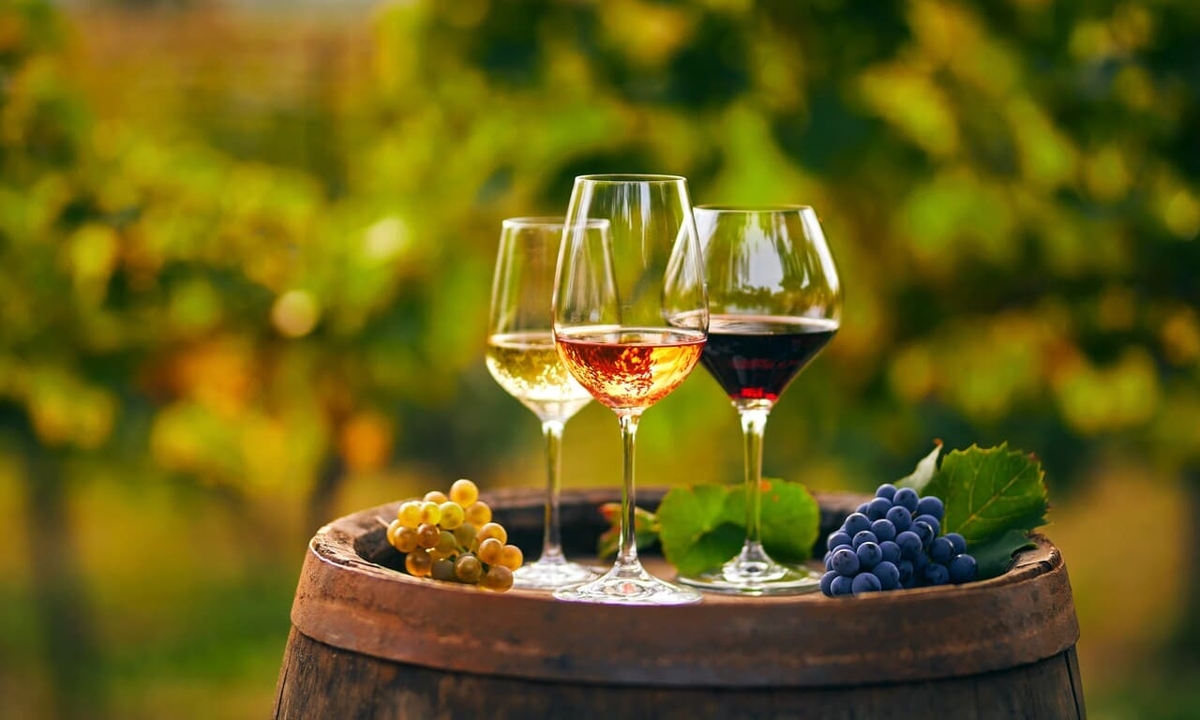
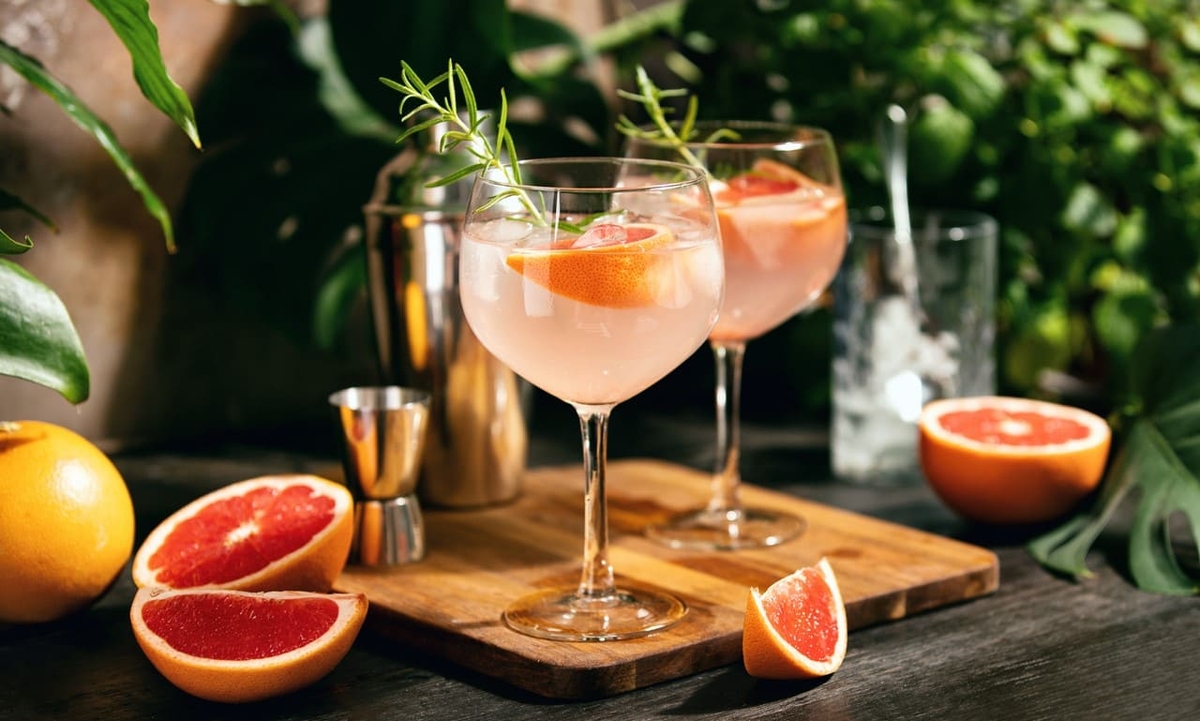
Market trends and prospects in 2024
One of the most stable trends in recent years has been the increase in the Russian production of strong alcoholic alternatives to vodka. Consumers actively seek new and untried flavours or find an alternative to familiar European and American spirits. Producers are attempting to take advantage of the unmet demand for strong alcohol by introducing new product lines. A recent example of this strategy is Abrau-Durso, which plans to introduce two types of gin and bitters in 2022-2024 that match the quality of their foreign counterparts in taste. On a broader scale, the production of distillates and rectifiers is increasing by approximately 30% annually.
The share of Russian wines is expected to rise significantly by the end of 2024. This is because starting from May 2024, excise rates on wine will triple, reducing the profitability of imports. As a result, major wine suppliers are already pushing for the purchase of imported products under the old excise tax rates.
When discussing the alcohol pricing policy in 2024, two factors should be considered. Firstly, Russia has accumulated record stocks of alcohol, which will help to moderate price growth. However, the increase in excise duties and currency fluctuations are expected to push prices up by at least 10%. Additionally, Russian wines are likely to become more expensive, primarily due to increased producer costs.
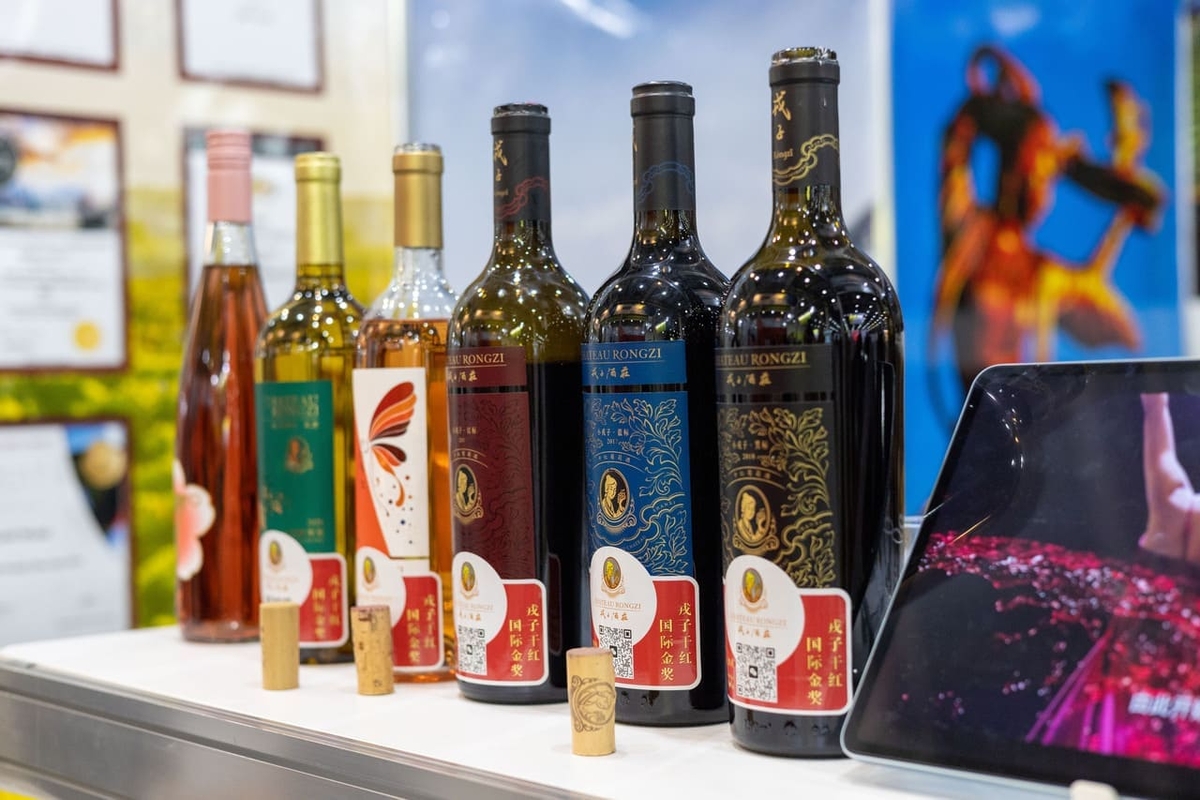
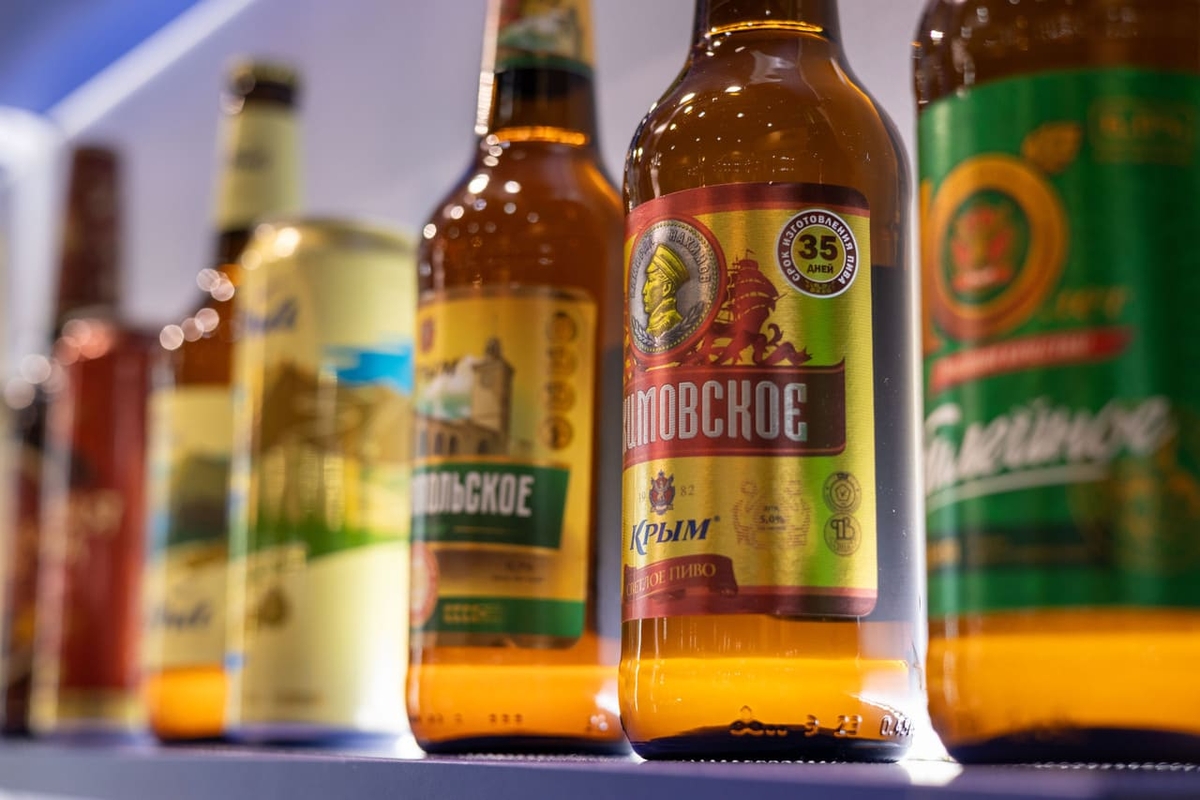
Alcoholic beverages at the WorldFood Moscow exhibition
WorldFood Moscow was attended by 20,115 professionals from the retail, catering, and food and beverage manufacturing sectors last year. Of these, 10% (2,005 visitors) showed interest in products presented in the Alcoholic Beverages section, including wine, beer, low, and high alcoholic beverages. In 2023, 42 companies showcased their products in this section.
Participating WorldFood Moscow 2024 offers a unique opportunity to achieve several key business objectives. Firstly, you can keep up to date with the latest trends in the Russian alcohol market and gain insight into the most in-demand products. Secondly, exhibiting at the show offers a platform to showcase your products directly to potential customers, enhancing your brand's visibility and market presence. Lastly, the exhibition provides a prime opportunity to establish business relationships, opening doors to new business prospects and collaborations.
WorldFood Moscow 2024 will be held on 17-20 September at Crocus Expo IEC, Pavilion 3.
BOOK A STAND* Sources: rbc.ru, retail.ru, interfax.ru, kommersant.ru, nafi.ru, nielseniq.com




